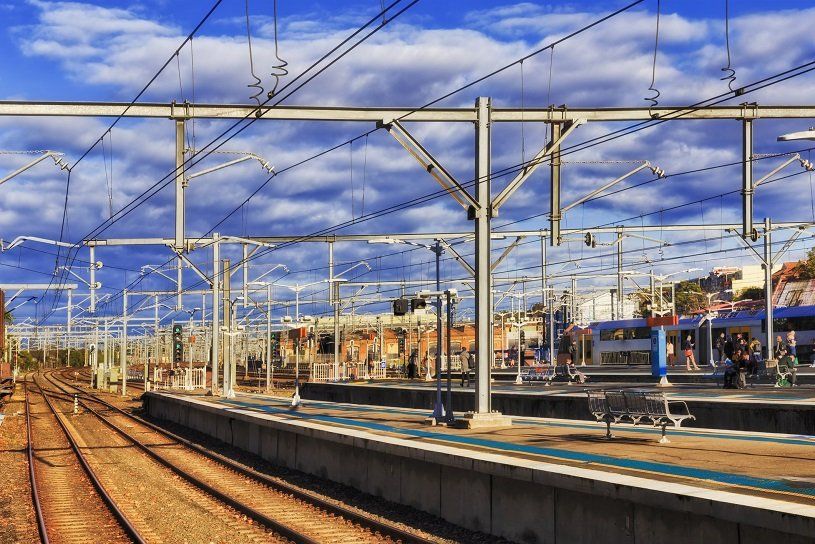
There are several infrastructure programs across Australia that focus on improving and adding to our freight and passenger rail networks. Two of the most notable are the Inland Rail Project that is being undertaken by the Australian Rail Track Corporation and the Level Crossing Removal Project in Victoria.
Such projects call for well-trained professionals who have the necessary qualifications to carry out such work. One of the key roles which will be required throughout the duration of these development and upgrades will be rail signalling engineers, a position that promises opportunity, job stability and career progression.
The Inland Rail Project
This is the largest rail project in Australia and a significant infrastructure project on a global scale. It will enhance supply chains and form the backbone of our national freight networks. Spanning Victoria, New South Wales and Queensland, the project will enable freight trains to travel between Melbourne and Brisbane in less than 24 hours. Connecting regional areas, it also provides essential services that have the potential to fuel exports and drive new industries.
The Inland Rail Project consists of 13 individual projects that cover over 1,700 km. The rail line is designed for double-stacked trains that can carry the same volume of freight as 100 B-double trucks. The Federal Government has committed $9.3 billion to deliver this project which is expected to be fully operational by 2025.
The Level Crossing Removal Project
In Victoria, 75 level crossings are in the process of being removed from the rail network, due to increasing issues surrounding traffic congestion and safety hazards to both traffic and pedestrians. By removing them, more people can move across Melbourne faster and there will be better public amenities available to communities around the level crossings.
In most instances, the removal of level crossings will be coupled with projects that improve urban design by integrating the architecture, landscape and transport requirements into the surrounding environment. The cost of the entire project is estimated at $6.5 billion.
The role of a signalling engineer
Rail signalling is a highly specialised role that is involved in the design, construction, maintenance and project management of signal systems. These signal systems make sure that trains move efficiently and safely across the rail network. The rail signalling engineer plays a crucial role in making sure that trains avoid collision, run on time and keep people and goods moving through the system.
Benefits and opportunities
With these major projects come exciting career opportunities for signalling engineers, along with significant benefits attached to these roles. Due to governmental involvement in these projects, employees will most likely have access to a range of internal and external learning and development opportunities to support job performance and further career aspirations.
Furthermore, depending on your placement, there will likely be certain work/life balance opportunities allowed to you, such as flexible working hours and generous leave provisions if required.
What it takes
Rail signalling engineers require a degree in engineering with experience in electrical, electronic, mechatronic or computer system engineering. Opportunities in rail signalling are set to continue their growth in the future, as new technology provides new ways for signalling projects to be delivered. Technology like driverless systems, GPS and new communication systems may all have a significant impact on the industry in the coming decades, making it an exciting time to jump onboard.
If you’d like to know what opportunities exist for you in Australia’s rail infrastructure projects, get in touch with us.



